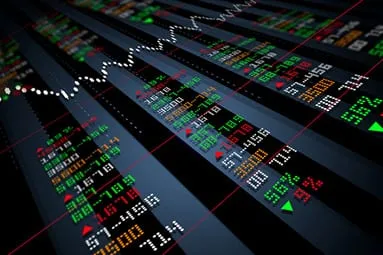Traders' visibility is being further reduced as price consolidation persists in foreign exchange and index markets in the face of deepening deterioration in macro data reports Ashraf Laidi.
Friday's release of the U.S. Employment Situation Report showing a 20.5 million drop in nonfarm payrolls and a 14.7% unemployment rate prompted Minneapolis Fed's Kashkari to predict that the worst is yet to come for the U.S. economy.
A confrontational European Central Bank response to Germany's constitutional part to challenge the latest asset purchases. The Peoples Bank of China said we will use “more powerful” policies.
U.S. stock indices have been in a relatively quiet range, with the Dow Jones Index not showing a daily % change of +(-) 3% in more than weeks, while the S&P 500 last changed by more than 3% on April 20. Bond yields are on the rise, the Cboe Volatility Index (VIX) fell below its 100-day moving average and EURUSD remains stuck near 1.08.
Goldman Sachs (GS) equity strategy team released a report, predicting stock indexes will fall by 18% in the next three months. They expect a 27% drop in capital expenditure and zero plans for growth this year, adding that the bulk of the last six weeks' gains were driven by FOMO (fear of missing out).
As countries and cities deal with the challenging task of gradual re-opening, traders keep an eye on any evidence indicating a reversal in the recent declining trend of Covid-19 cases.
China has already announced that the Northeastern city of Shulan has been put in partial lockdown since Saturday. Further adding to the confusion/consolidation is the swinging pendulum around the U.S.-China trade rhetoric.
You can see Ashraf’s daily analysis at www.AshrafLaidi.com and sign up for the Premium Insights. Ashraf discussed Trends in Yield Differentials at the TradersEXPO New York on March 8.














